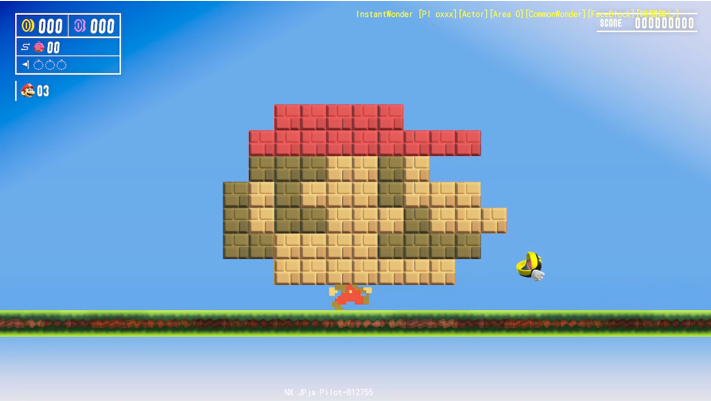
Enlarge / A prototype wonder effect—featuring Mario's head turned into blocks that could be eaten by enemies—didn't make it into the final game. (credit: Nintendo)
In a game industry that seems to engage in periodic layoffs as a matter of course, it's often hard for even popular game franchises to maintain continuity in their underlying creative teams from sequel to sequel. Then there's the Mario series, where every person credited with the creation of the original Super Mario Bros. in the 1980s ended up having a role in the making of Super Mario Bros. Wonder just last year.
In a recent interview with Ars Technica, Wonder producer Takashi Tezuka said it wasn't that tough to get that kind of creative continuity at Nintendo. "The secret to having a long-tenured staff is that people don't quit," he said. "For folks who have been there together for such a long time, it's easy for us to talk to each other."
That said, Tezuka added that just getting a bunch of industry veterans together to make a game runs the risk of not "keeping up with the times. Really, for me, I have a great interest in how our newer staff members play, what they play, what they think, and what is appealing to them. I think it's very interesting the things we can come up with when these two disparate groups influence each other to create something."
Read 10 remaining paragraphs | Comments
Ars Technica - All contentContinue reading/original-link]




